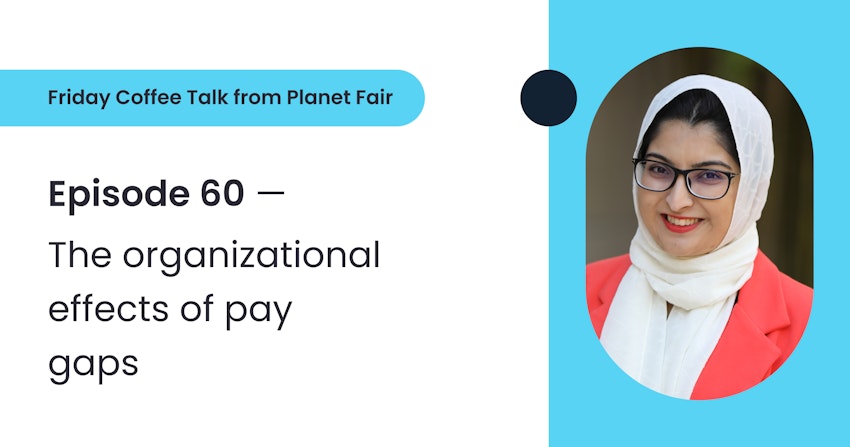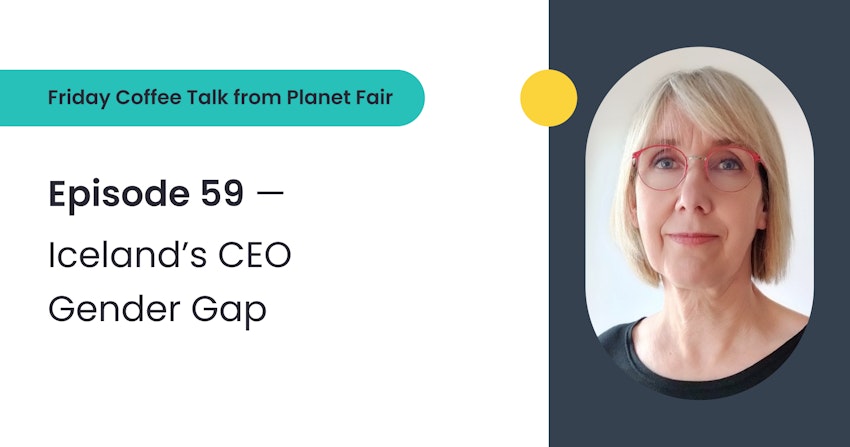
So what happens when Henrike asks employers the big question?
Henrike has been working with employers who have already conducted a pay equity analysis and made changes to employees’ pay with the goal of closing the gender pay gap. When she is reviewing these employers’ pay bands, she often asks, “Can you tell me why this specific employee falls in the bottom (or top, or middle) of their pay band?” And she’s found that the employer’s response tends to go one of two ways:
- The employer is unable to give a clear answer.
- The employer can give a precise answer about how that employee’s pay was decided. However, that answer is based on the employer’s old system of determining pay. For example, maybe the company previously considered employee age or tenure with the company while making pay decisions, but no longer wants to use these things as determining factors.
At this point, the employer feels stuck. Either they don’t have a clear pay philosophy or they’re unable to see past “the old way.” So the new salary adjustments that they are making to close the pay gap may feel strange or even unreasonable.
But what if the employer separates the idea of closing the pay gap from the idea of figuring out the pay philosophy?
This would mean that the employer would:
Figure out its pay philosophy,
Make salary adjustments to ensure all current employees are paid fairly and are at the “right place” inside their pay band,
And then address any systemic bias, making additional adjustments to compensate for that bias and close the pay gap.
Or, as Margrét says, “Let’s define the goalpost—your pay philosophy, and that you want zero pay gaps—and then figure out how we transition to that.” That way, employers would be able to experience the full benefits of pay equity and pay transparency.
For the full discussion of this “mindset change challenge” and some more useful takeaways, watch the full coffee talk below or listen wherever you get your podcasts. To find out more about the EU pay transparency directive and how to prepare for it, you might find our pocket guide or free e-book helpful.
Friday Coffee Talk from Planet Fair is a podcast/videocast series co-hosted by PayAnalytics founder Margrét Bjarnadóttir and Henrike Von Platen, founder and CEO of the FPI Fair Pay Innovation Lab in Berlin. It is available through all podcast platforms as well as on YouTube as a videocast.



